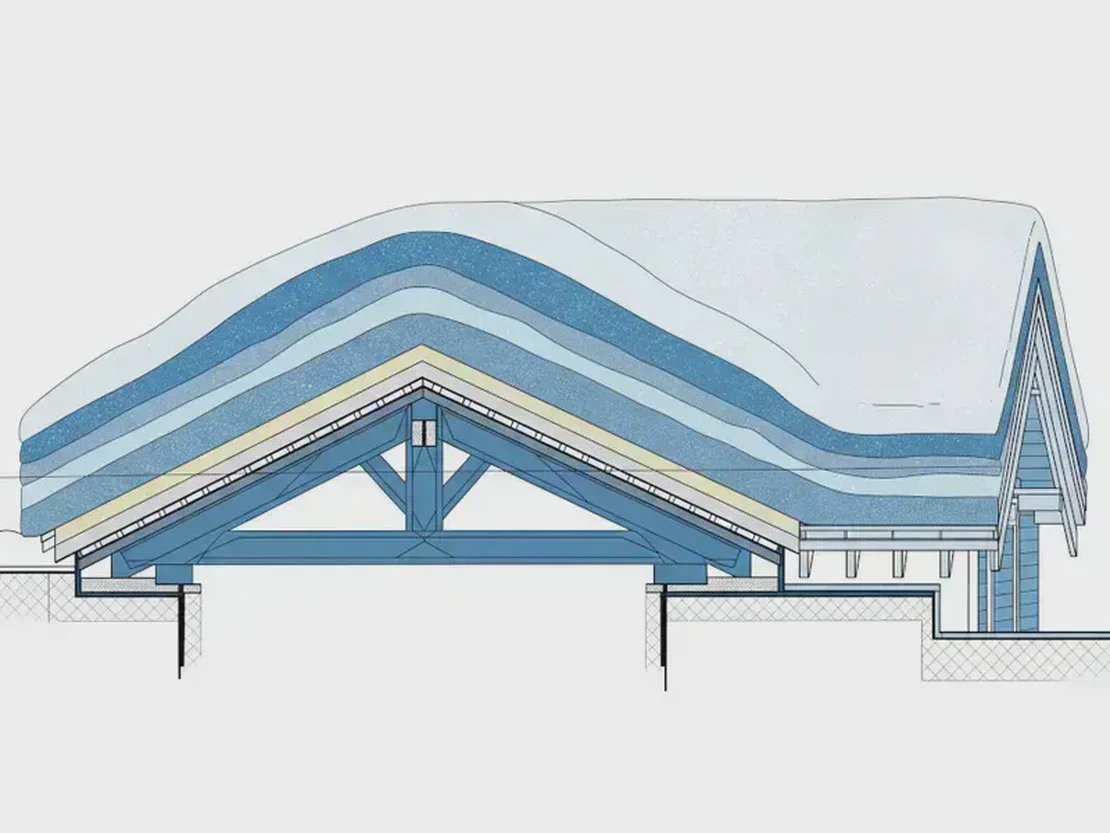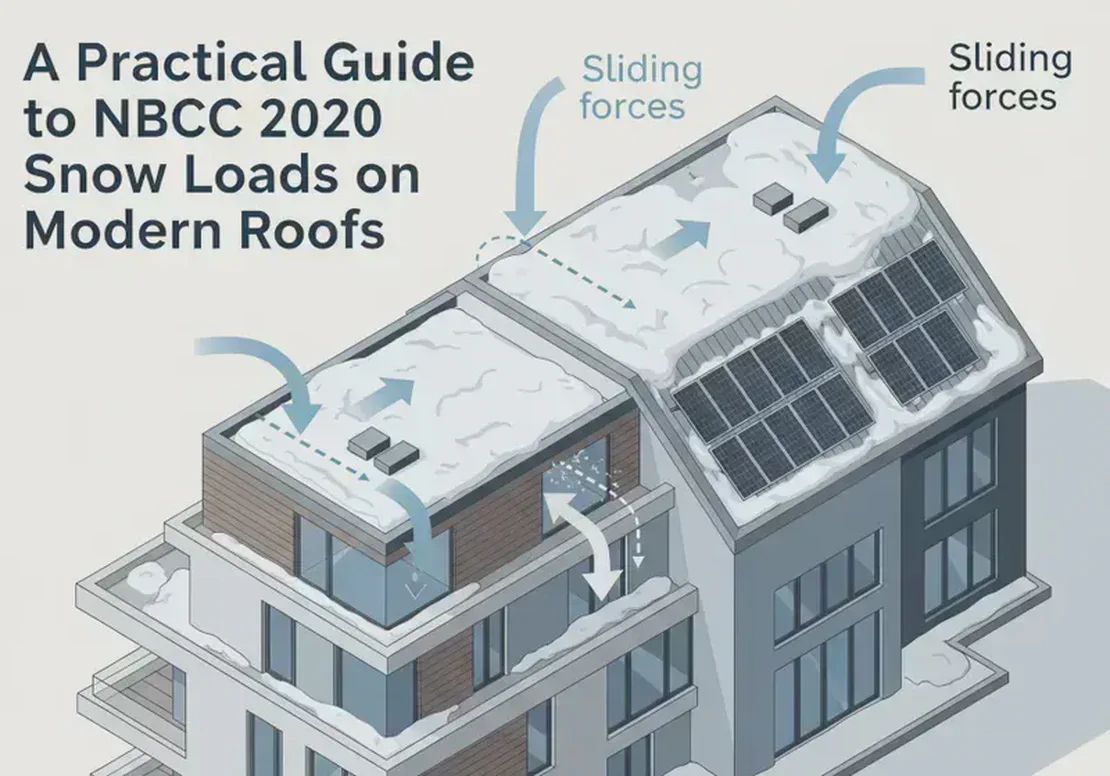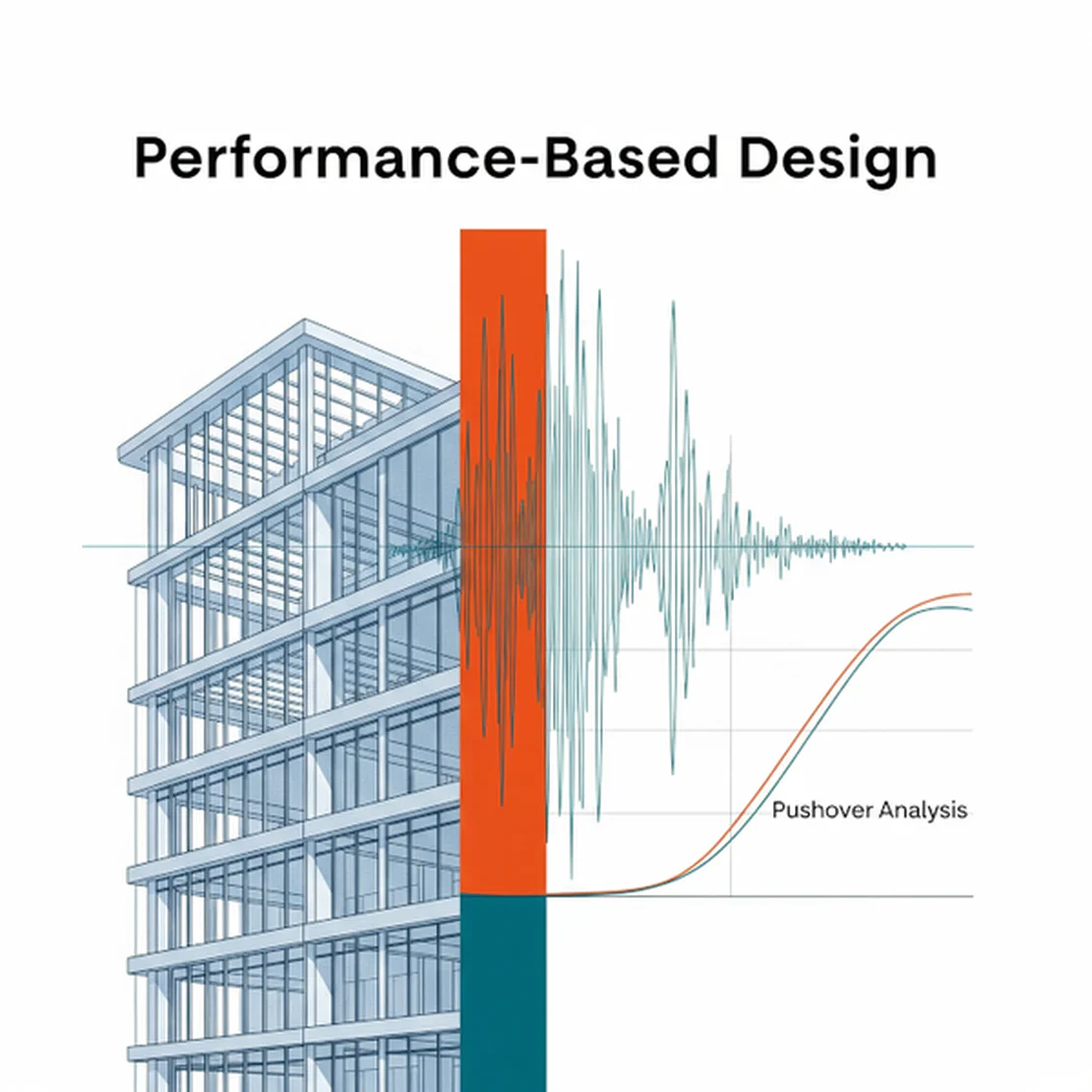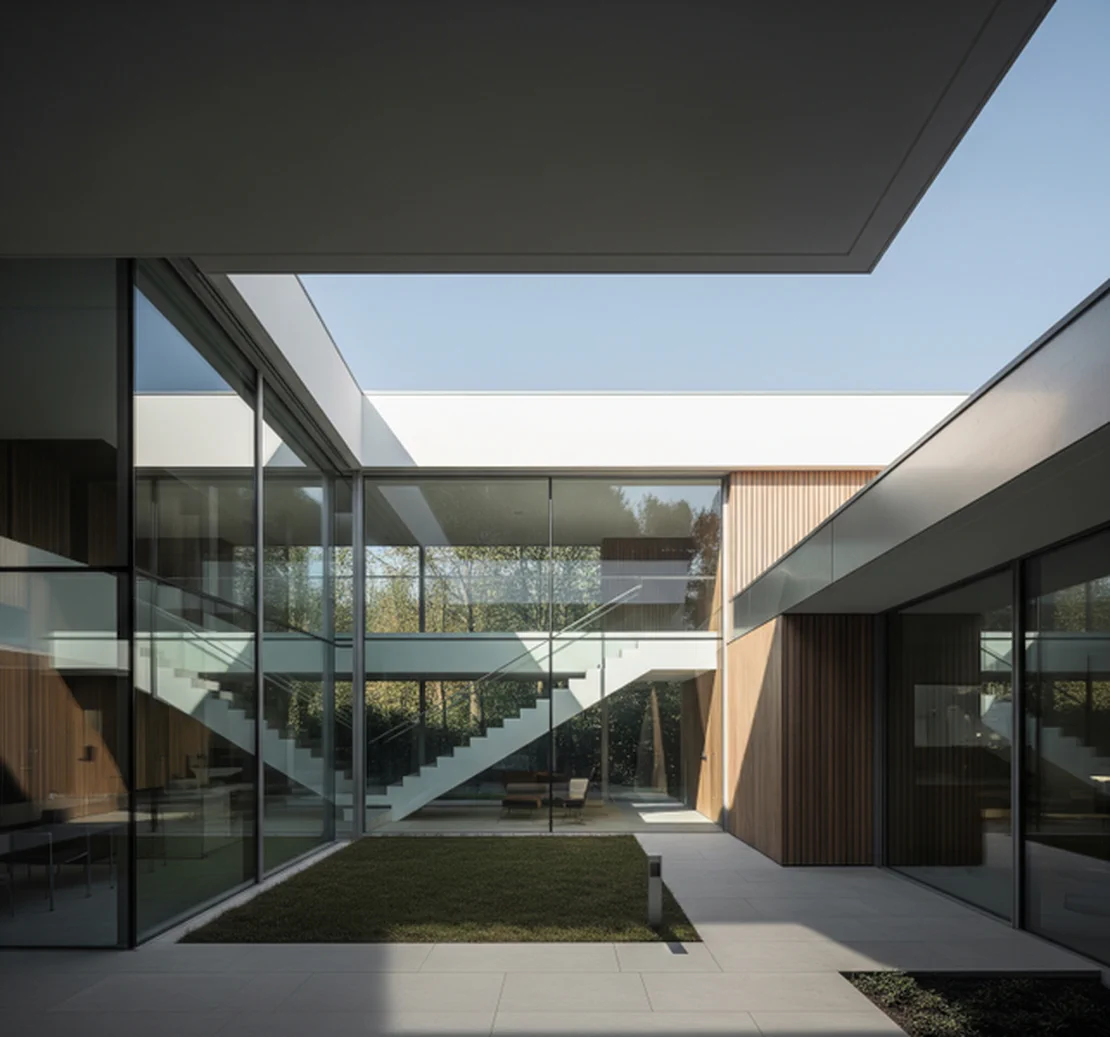
The first heavy, wet snow of the season is plastering everything in sight, and you get that familiar call from an architect: “We’re looking at a large, flat roof on this new project. What kind of snow load do we need?”
read more
The first heavy, wet snow of the season is plastering everything in sight, and you get that familiar call from an architect: “We’re looking at a large, flat roof on this new project. What kind of snow load do we need?”
read more
Solar panels, architectural sunshades, and complex multi-level rooflines are no longer the exception; they’re the norm in modern Canadian building design. While they score points for energy efficiency and visual appeal, they also create a minefield of unexpected snow and ice loads for structural engineers.
read more
In our first two posts on Performance-Based Design (PBD), we covered the “what and why” – shifting from prescriptive codes to targeting specific building performance – and then we looked at the “who and how” of setting those crucial performance objectives. If you missed them, I’d suggest giving them a read first as we’re about to jump into the deep end of the pool.
read more
On complex projects—tall buildings in Vancouver, essential facilities in higher seismic zones, or structures with unusual geometry—the prescriptive NBCC pathway can start to feel limiting. Performance-Based Design, or PBD, is the framework that lets us define how the building should behave and then design backwards from those objectives.
read more
We spend a lot of time ensuring our structures are strong enough (hello, ULS!). But what about how they feel and perform day-to-day? That’s where Serviceability Limit States (SLS) come in. Sagging floors, cracked partitions, or that annoying bounce when someone walks by – these are all SLS concerns. The National Building Code of Canada (NBC) 2020 has brought SLS criteria more formally into the main body of the code (Article 4.1.3.4.), underscoring its importance.
read more